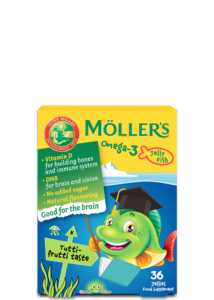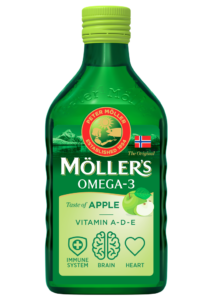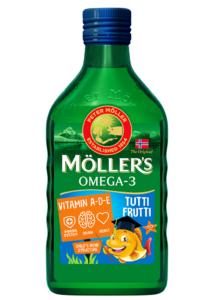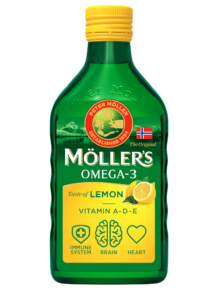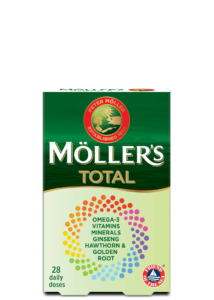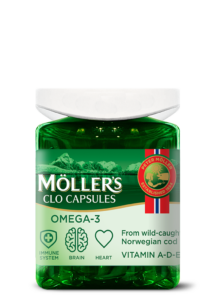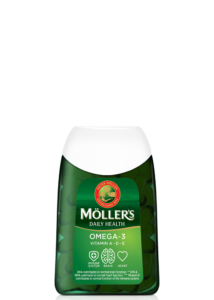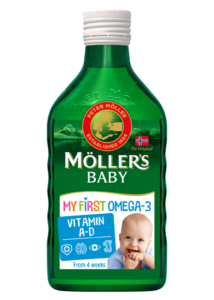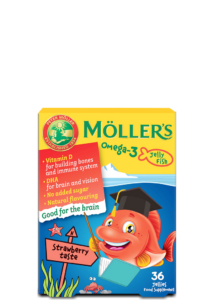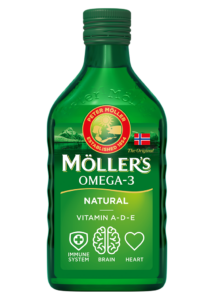Your body’s needs change as you get older and so do your energy requirements. But even if your need for energy decreases, you still need the same vitamins and minerals. This is why it’s important to focus on your diet. Read how you can structure your meals in later life to avoid malnutrition and ensure you get all the nutrients you need.
Home » Body changes in later life call for changes in your diet

Read more articles about healthy aging here
Why is healthy food even more important in your later years?
Here are some easy rules of thumb for eating healthy foods:
Eat colourful meals every day: Remember the five a day rule to ensure you get all the vitamins and minerals you need.
Choose whole grains when possible: bread, crispbread, pasta and rice
Include protein in every meal: egg, fish, lean meat, legumes, low-fat dairy products
Drink water: even if you’re not thirsty, and make it a bit more interesting by adding fruit such as strawberries and oranges, or vegetables such as cucumber
Prefer healthy foods every day: Instead of eating crackers, biscuits, or sweet buns, have – for example – some yoghurt with honey with your coffee.
Eat protein-rich foods to avoid loss of muscle mass
The older you get, the more protein your body needs in order to, among other things, avoid loss of muscle mass. Losing muscle mass is a natural part of the aging process because you may move around less and not be as active as you used to. This is why it’s important to add some extra protein to your diet.
The recommended daily protein intake is 1–1.5 grams of protein per kg of body weight. To achieve this daily intake, it may be a good idea to include protein in all your daily meals. From 65 years of age, your protein intake should be 15–20 % of your total energy intake. Your need for carbohydrates doesn’t change, and your daily intake should be between 50 and 60% of your total energy intake, while fat should be around 35%.
Examples of protein-rich foods are:
- meat and fish, even in sandwiches
- dairy products
- eggs
- legumes such as beans, chickpeas and soya products
- nuts
- flour and cereal products
- use protein powder if you need more protein; add to smoothies, oatmeal and other dishes
Focus on vitamins and minerals
It’s important to eat foods that contain a high level of nutrients per calorie. Some nutrients you should especially be aware of are:
- Vitamin D from fatty fish, fish liver oil or enriched low fat milk
- Calcium from milk and dairy products, as well as fermented milk products such as yoghurt
- Vitamin C from fruits, fruit juices, potatoes, berries and vegetables
- Make sure to get enough fibre, preferably 25–30 grams a day to keep the gastrointestinal system healthy
- Iron from dark bread, liver paté, organ meats, meat and poultry
- Omega 3 from fatty fish and fish liver oil
Drink plenty of water
You need water to maintain your body’s normal functions and it’s the best drink when you’re thirsty. As with other adults, older adults have a daily fluid requirement of 30 ml/kg – an average of 2–2.5 litres. However, you might experience a reduced sense of thirst in your later years. A large part of your daily fluid intake comes from food, but the rest must come from straight fluids. Therefore, it’s important to drink often, both with and between meals, to avoid dehydration. Drinking too little can increase the risk of constipation, which is also impacted by too little physical activity and a too low fibre intake.
Remember that plenty of water keeps the body in good shape, so always have a bottle nearby.
Tips for a varied diet
It’s not easy to always eat a varied diet, so it’s a good idea to put together a weekly food plan. That way, you can ensure you get enough fish and vegetables and also have a good overview of what you’re eating. This also makes it easy to monitor if you’re eating too much or too little. Make sure to:
- eat at least five servings of fruit and vegetables a day
- eat whole grain products daily
- have fish for dinner two to three times a week
- choose low-fat dairy products, meats and meat products
- limit your intake of salt and sugar
- choose cooking oils and liquid/soft margarine instead of butter and solid margarine
- drink water when thirsty and drink approximately two litres a day
Nutritious foods that should be included in your food plan include:
- milk and dairy products
- eggs
- vegetables
- fruits
- nuts
- unprocessed meats
- poultry
- fish
- whole grain products
What is good health?
Do you have a good lifestyle?
Lifestyle simply means the way in which you live. Health and lifestyle go hand in hand. You might feel you have a good lifestyle if you are physically active, eat healthily and generally experience a sense of wellbeing. Conversely, if you want good health you should also have a good lifestyle.
Physical activity is the major contributor to a good lifestyle, but diet, drugs, stress, sleep and social conditions are also play an important role. Being able to use the body properly to avoid injury also affects lifestyle. Physical activity can also prevent depression and help you to recover more quickly from mental illness, both of which obviously affect your lifestyle.
Diet can be a difficult topic for many. Perhaps you eat too much or too little or maybe you find it hard to know what foods to combine to have a balanced diet. It’s also important to eat food that contains important vitamins, minerals and dietary fibre, omega-3 and antioxidants. On top of all this, you also need to get enough energy, protein and the correct fatty acids. The requirement for these nutrients changes throughout your life. When you are older you also have different requirements than children and younger adults. Women also have different requirements than men. Pregnant and breastfeeding mothers also have special requirements.
When you get older, you lose muscle mass and your body requires less energy and therefore less food. You may lead a less active life than you did before, which is why you require less food. However, your need for minerals, vitamins and other nutrients remains the same. Of course, there are plenty of healthy and active older people, but when you reach 70 to 80 years of age, it’s easier to become ill, especially during flu season.
Some steps you can take to improve your lifestyle and health are to:
- eat a healthy and varied diet
- stay active
- watch your weight
- avoid too much alcohol and don’t smoke
- get enough sleep
- think positive
- practise good hygiene
What is good quality of life?
The World Health Organisation (WHO) defines quality of life as a state where the individual can realise their potential, cope with normal stressful situations, work in a rewarding and positive way, and be able to contribute to others and society.
Quality of life is a wide and somewhat diffuse concept that includes joy in, and a desire for, life. These are values that are rather felt than measured, which in turn are based on personal environment and choices. Quality of life doesn’t necessarily depend on being healthy or sick. It’s the moments between worries, sorrows, problems and ailments that matter. For example, if you have a chronic illness, a feeling of mastery can be important when talking about quality of life.
To sum up, quality of life is a combination of health, lifestyle, networks and social support. It’s about experiencing joy, meaning in life, satisfaction, security and a sense of belonging, as well as being able to use your strengths. It’s also about feeling interest in life, coping with everyday situations and a being committed to something or someone. If you have good quality of life, you will be able to cope better with the inevitable stressful situations in life.
Our products
-
Möller’s Omega-3 Jelly Fish Cola
-
Möller's Omega-3 Jelly Fish Tutti Frutti
-
Möller’s Cod Liver Oil Apple
-
Möller’s Cod Liver Oil Tutti Frutti
-
Möller’s Cod Liver Oil Lemon
-
Möller's Total
-
Möller's Cod liver oil capsules
-
Möller’s Daily Health
-
Möller's My First Omega-3
-
Möller’s Omega-3 Jelly Fish Strawberry
-
Möller’s Cod Liver Oil Natural
Learn more
Exercise program for the elderly
Healthy Aging Healthy Bones
Healthy diet during pregnancy
Brain Healthy Aging
Good health, lifestyle and quality of life – What does it all mean?
Cod Liver Oil Healthy Aging
Get inspiration on our Instagram

